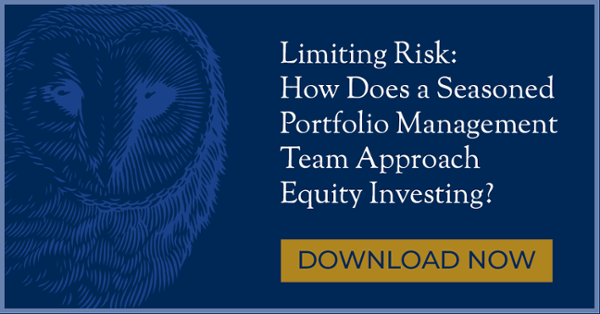Mind Boggling: Reflections on New S&P 500 Records
The S&P 500 has hit new records in recent days, completing a round trip that has been remarkable, rapid, resilient … and risky.
In a span of just 126 trading days, the S&P 500 went from peak to new peak, with a 34% drop in between. Below we offer some short, but important, takeaways on how we got here, what investors should have learned, what we are concerned about, and how we are investing going forward.
How Stocks Got Here
The market has rebounded even though the unemployment rate is at its highest level in a decade, many large industries remain sidelined by the pandemic and an upcoming election means uncertainty for consumers and businesses alike. So, what’s behind the rebound? In a word: Stimulus.
Many investors are aware that supportive monetary and fiscal policies around the globe played a large role in lifting markets. But the sheer size and scope of this stimulus deserves reflection. One statistic, courtesy of Bank of America Merrill Lynch (BAML), really stands out: There have been 167 rate cuts this year and $8.4 trillion in monetary support from central banks. Fiscal support, when measured by government spending as a percentage of GDP, is also at its highest level in a U.S. peacetime environment, BAML notes.
What We’ve Learned
If the market has taught investors anything, it is the importance of staying fully invested. In between the highs of February and new highs this month, stocks experienced their fastest ever drop into bear territory … and then their fastest rebound. Investors trying to time markets would have likely been caught off guard by a pandemic-induced drop. And anyone trying to wait on the sidelines for an all-clear signal missed quite a rebound.
One of our key investment tenets at Dana is to stay fully invested and not try to make market timing calls. This environment has shown why.
What Concerns Us
- The economic outlook remains murky. As mentioned, unemployment is still high. The federal government supported laid off workers with $600 in weekly supplemental employment benefits, but that expired at the end of July. While it will be replaced by President Trump’s directive to use federal emergency funds to provide a weekly $300 supplement, that is a big gap and there is a delay between when the $600 benefits ended and laid off workers receive the new benefits. We are yet to see how that affects spending.
- It’s been a concentrated market rally. As we mentioned in a blog post in May, a narrow set of stocks have been responsible for much of the index’s push forward. That trend has continued. As a Wall Street Journal article pointed out this weekend, just five companies – Apple, Amazon, Microsoft, Alphabet and Facebook – make up 25% of the S&P 500’s market value. The index hasn’t been that top heavy since 1970.
- Valuations are high. That’s probably an understatement. The forward price-earnings ratio of the median S&P 500 stock is at the 100th percentile of its historical average, according to the Wall Street Journal.
- Elections are likely to be a source of volatility. This is true in most election seasons, but with an economy already struggling and this election proving particularly contentious, we wouldn’t be surprised to see more volatility in the coming months.
How are we investing?
While some valuations are a concern, we’re staying fully invested and focused on relative valuations. We benefited from this when markets swiftly rebounded. As we highlighted above, we do see risks for the market, but there are also reasons markets could continue to climb higher. There is still plenty of cash on the sidelines and excessively low rates leave little places for it to go. This could continue to support equities. We will avoid making a call in either direction and stick to picking stocks.
Our strategies are core strategies. The typical stock we seek has characteristics of both growth and value stocks. We touched on it in another blog we would recommend reading, but we believe heavy tilts toward either style box could be a disadvantage for investors in the current market environment. In short, investors have paid extreme multiples for growth stocks lately, but if growth becomes less scarce, we could envision the market favoring many cyclical companies within value indices. A growth strategy won’t capture that rotation.
On the other end of the spectrum, however, the post-pandemic environment has presented a larger-than-usual number of value traps. An elongated return to normalcy for certain industries means earnings will not snap back quickly. Investors could be right to avoid these stocks, regardless of low valuations.
Finally, we continue to remain sector-neutral relative to our respective benchmarks. This too, has been a hallmark of Dana Investments. We believe it is particularly important today as it leaves us with some exposure to sectors that haven’t rebounded as aggressively in the market rebound that has largely favored technology companies.
Going forward, we will stick to each of these investment principles, even if the market environment remains as unique as the previous few months.
The links above open new windows that are not a part of www.danafunds.com.



